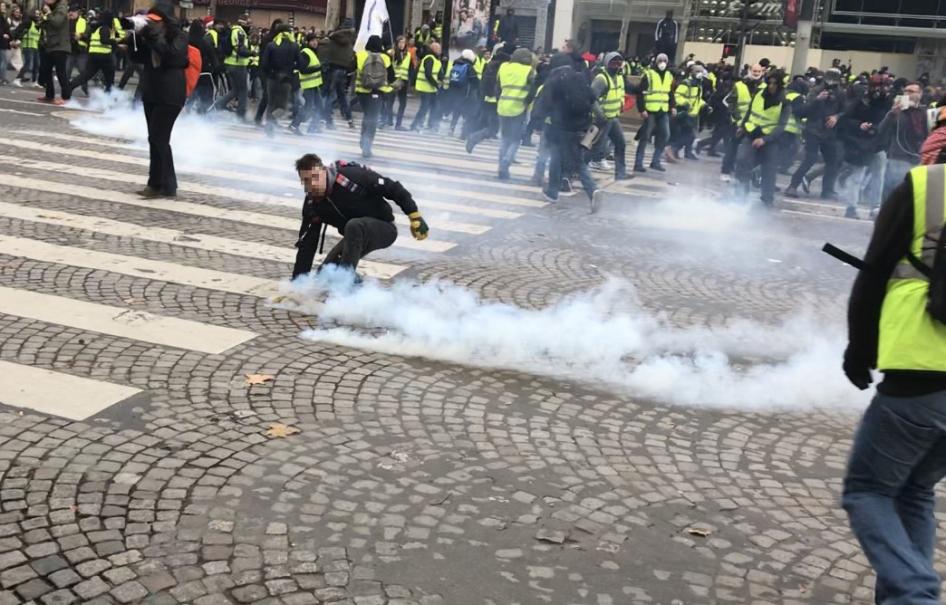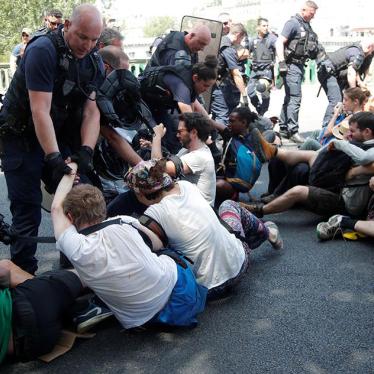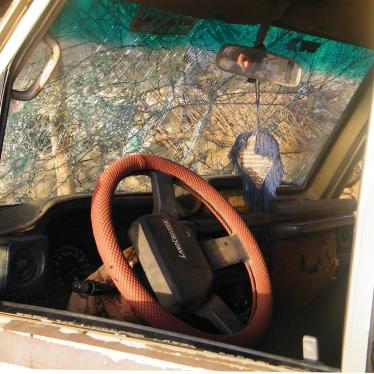This week, France’s Interior Minister Christophe Castaner announced that French police would stop using the controversial GLI-F4 tear gas grenade. This move is long overdue, but doesn’t address serious concerns about other weapons French police still use to control crowds.
In December 2018, Human Rights Watch documented injuries caused by police weapons during France’s “yellow vest” mobilizations and unrelated student protests, including people whose limbs were burned and maimed by presumed use of GLI-F4 instant tear gas grenades, which carry 25g of high explosive. The report also documented cases in which people were shot and injured by rubber ball-shaped projectiles (known as “flashballs,” based on one manufacturer’s trademark), and disproportionate use of chemical spray and “stingball” riot-control grenades. Amnesty International documented similar violations and the French human rights ombudsman has repeatedly called for an end to use of or revised guidelines for the use of some of these weapons.
Protests and demonstrations over France’s labor laws, social security cuts, and a governmental pension reform have been ongoing and look set to continue into 2020.
The majority of demonstrations have been peaceful, but some protesters have committed violence, including against police officers, and destroyed property. French police, however, have resorted too readily to excessive force and deploying these weapons. The UN Basic Principles on the Use of Force and Firearms by Law Enforcement Officials, the European Union Fundamental Rights Agency’s guidance, and the French Police Code of Ethics all stipulate that the use of force, including the use of nonlethal weapons, is legitimate only when necessary and proportionate.
The withdrawal of the GLI-F4 grenade is the result of sustained public pressure from NGOs, journalists, and litigation pressure by lawyers acting on behalf of clients injured by these weapons during the protests. And the move should reduce the risk of people’s hands and feet, in particular, being burned and maimed. Only time will tell how its replacement, the non-explosive carrying GM2L tear-gas grenade, will factor into French riot police response to protests.
Every 25g of explosive removed from the heated equation of police facing off with protestors is a good thing. But implementing a genuine human rights-centred policing approach to crowd control requires review of tactics, training, and ending the use of more of these weapons altogether.











